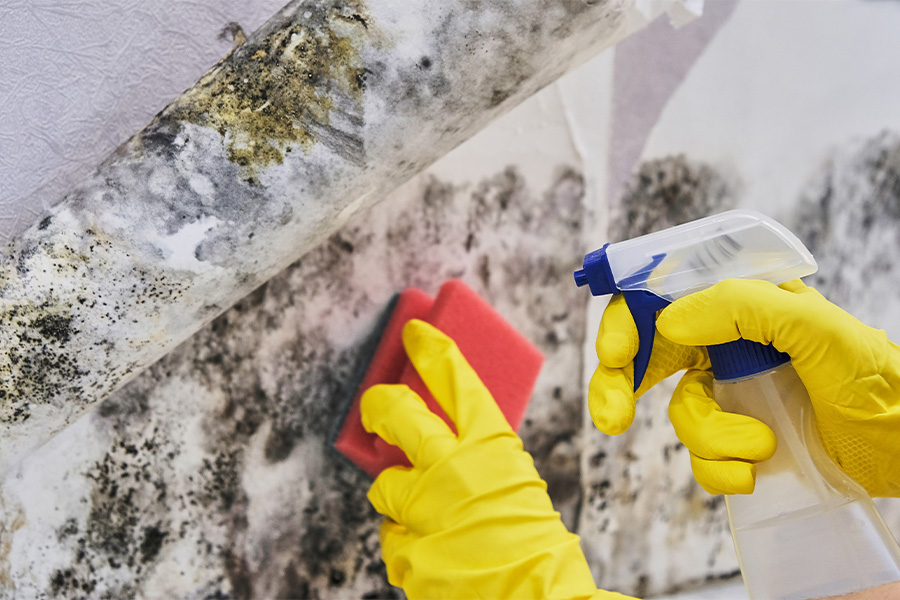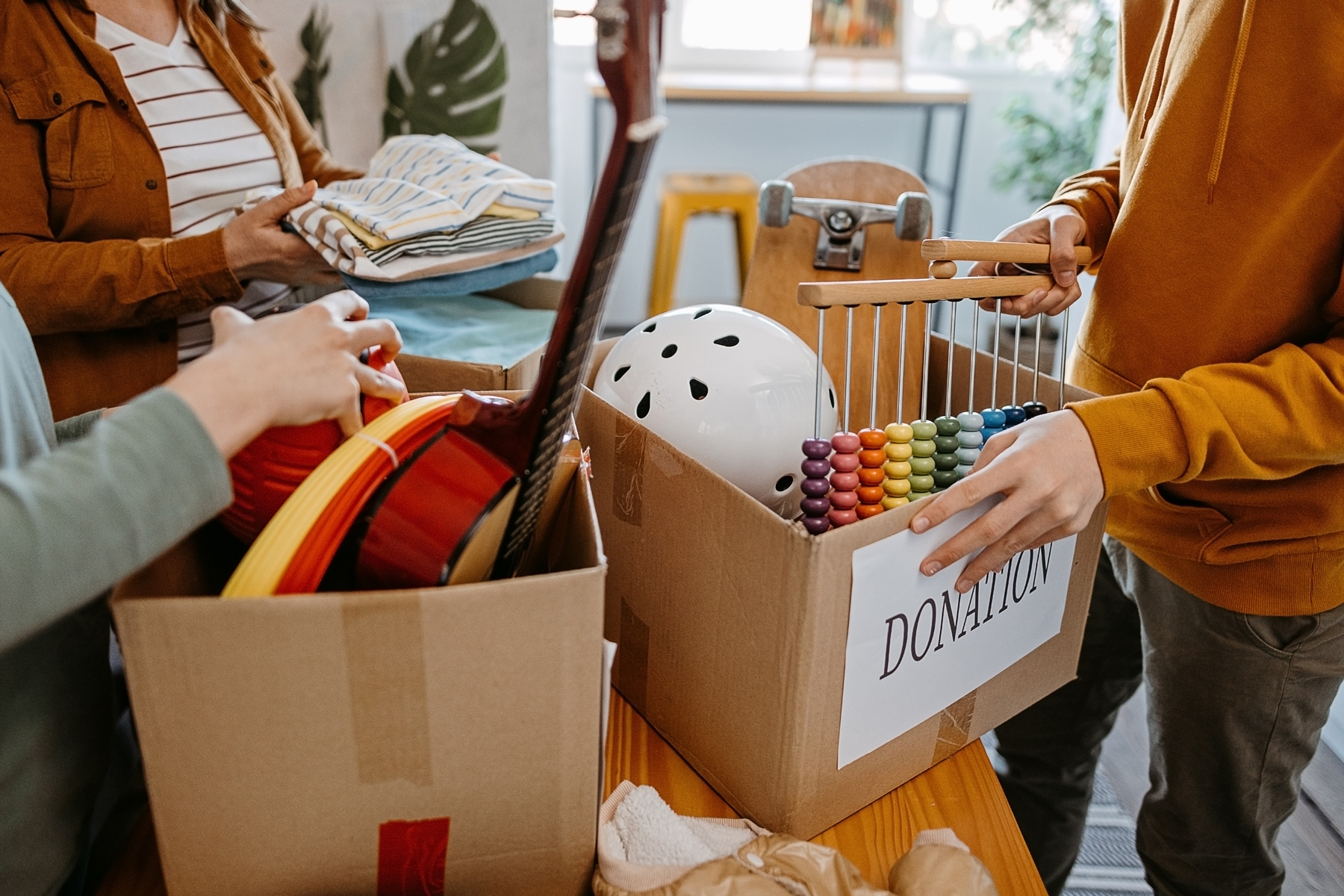Safety
-

By their nature, pesticides are hazardous and demand cautious handling. When they are used properly, however, pesticides improve the quality of our food supply, protect our health and increase our comfort with little risk to the environment and non-target living things. The most important consideration for the safe, effective use of pesticides is to follow all label directions and safety precautions.
Timothy Daly and Keith S Delaplane
|
-

While most of us are familiar with common poisonous plants that cause dermatitis (skin irritations) such as poison ivy or poison oak, we fail to recognize common ornamental plants in the landscape that may cause internal poisoning when ingested. Although most adults would not intentionally eat the leaves or fruit of ornamental plants in the landscape, young children or pets sometimes do. This resource provides readers with information on some of the common landscape plants known to have poisonous properties when ingested. You may be surprised to learn just how many of our common plants, such as azaleas, hydrangeas, boxwood, and English ivy, are known to have poisonous properties.
Bob Westerfield
|
-

Operating a chainsaw is inherently dangerous. Chainsaw cuts are always serious, but this is not the only hazard a saw operator faces. Saw operators are often struck by falling limbs and trunks as the tree moves during felling. Saw operators may fall off ladders or out of trees, or they may trip while moving through brush and uneven ground. Even when the tree is on the ground, danger lurks in wood under tension. Spring poles snap and logs roll unexpectedly. Personal protective equipment (PPE) saves lives every day. The Occupational Safety and Health Administration (OSHA) requires that saw operators wear the PPE described in this publication, including head protection, eye protection, ear protection, chainsaw chaps or pants, and suitable footwear.
Wade Hutcheson, Ellen M. Bauske, and Rolando Orellana
|
-

B 1364
Chainsaw Safety Tips
This publication discusses tips for purchasing the correct chainsaw for your needs and how to use it safely.
Glen C. Rains
|
-

Most farm injuries and fatalities are preventable when you adhere to safe operating practices. The following are general guidelines for improved safety on the farm.
Glen C. Rains
|
-

Simple steps can stop preventable accidents in the laundry room. Laundry packets are used by millions of consumers and households each year and contain a highly-concentrated, pre-measured dose of detergent. They are very convenient and easy to use, however, as with any household cleaning product, these should be kept up and out of reach and sight of small children.
Pamela R. Turner and Keishon Thomas
|
-

El moho crece a partir de las esporas, que se encuentran naturalmente en el aire y no se pueden ver a simple vista. Las esporas de moho actúan como semillas, haciendo que el moho crezca si las condiciones son adecuadas. El moho suele ser fácil de detectar. Aunque es posible utilizar pruebas para determinar la presencia de moho, por lo general no es necesario o recomendado hacerlo, usted puede detectar el moho rápidamente usando su vista y olfato.
Tenga en cuenta que las primeras señales de moho pueden ser el desarrollo de síntomas similares a los de una alergia. Si detecta un exceso de humedad o un olor a humedad, pero no ve moho, asegúrese de revisar detrás de los gabinetes y el papel tapiz, y debajo de las alfombras. Estos son escondites comunes para el moho. Realice una inspección completa de su hogar utilizando la Lista de Verificación de Humedad y Moho de UGA.
La clave para controlar el moho es eliminar la fuente del problema de la humedad.
(Translation provided by Ines Beltran)
Pamela R. Turner
|
-

C 1037-21
Safety and Physical Activity
Read safety tips for your active child, and encourage your child to be active by creating and moving through an obstacle course together.
Diane W Bales
|
-

C 1067
Household Clutter Control
Clutter is a collection of things lying around in an untidy mess, usually because we don’t have a designated place for it. Household clutter has a big impact on your health and quality of life. This publication will help you asses if you have too much household clutter and then recommends ways to take charge, clear the clutter, and maintain a clutter-free home.
Pamela R. Turner, Charles Okpala, Von Baker, Laura T. Smith, Sylvia Davis, Olivia Handley, Michelle Quick, Janette Burkes, Kimberly Howell, and Diane W Bales
|